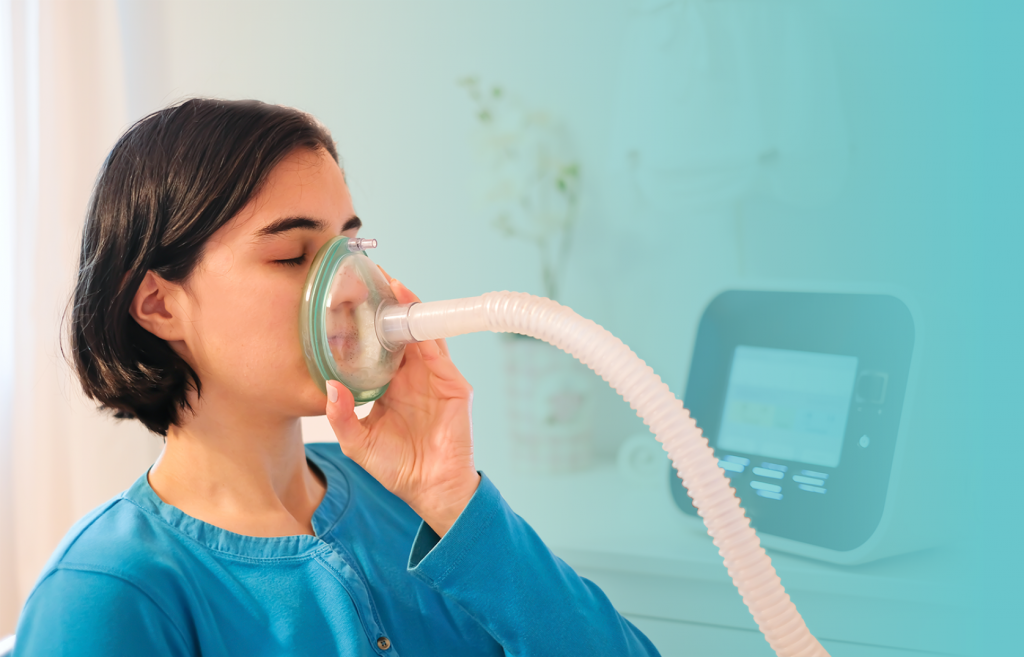Respiratory Physiotherapy
Respiratory Physiotherapy is a type of Physiotherapy used to diagnose and treat respiratory system disorders. Most approaches to Respiratory Physiotherapy employ a variety of chest clearance techniques, as well as exercises, and teach the patient rest positions to maximise the functional ability of their lungs. It aims to clear the patient’s airways and enable them to resume physical activity and exercise.(It should be noted that respiratory physiotherapy is not intended to replace medical treatment, but rather to supplement it and make it more effective.)

Respiratory physiotherapy is used to treat diseases of the respiratory system. Here are some examples:
Asthma
Chronic Obstructive Pulmonary Disease
Pneumonia
Chronic bronchitis
Emphysema
Cystic fibrosis
Inhaled foreign bodies
Neuromuscular diseases
It is also beneficial for rehabilitation following major surgical procedures such as lung, heart, and liver
transplants, as well as other chest operations.It should be noted that respiratory physiotherapy is not intended
to replace medical treatment, but rather to supplement it and make it more effective.
There are several Respiratory Physiotherapy techniques:
Thoracic Expansion Exercises: Keeping the chest and shoulders relaxed, the patient takes a long, slow
breath and holds the air in for two-three seconds at the end of the breath before gently exhaling.
Provoked Cough: Normally, when mucus in the chest loosens, it causes a cough. If this does not occur,
the cough can be induced by gently pressing on the windpipe in the suprasternal space when inspiration ceases.
Postural Drainage: This is the ideal and most well-tolerated method for removing mucus accumulation in
the lungs. The goal is to use gravity to drain mucus into the bronchi and trachea, where it can be expelled
through coughing
Manual Techniques: In this technique, the physiotherapist applies force to the chest wall in order to clear
the airways. Ex Chest percussion or clapping, vibration, or Shaking
Breathing Control: This includes periods of slow breathing, relaxation, and slowing down the breathing
rate
Respiratory Physiotherapy consists of methods that, in principle, should be completely harmless to one's
health, so no special aftercare is required

